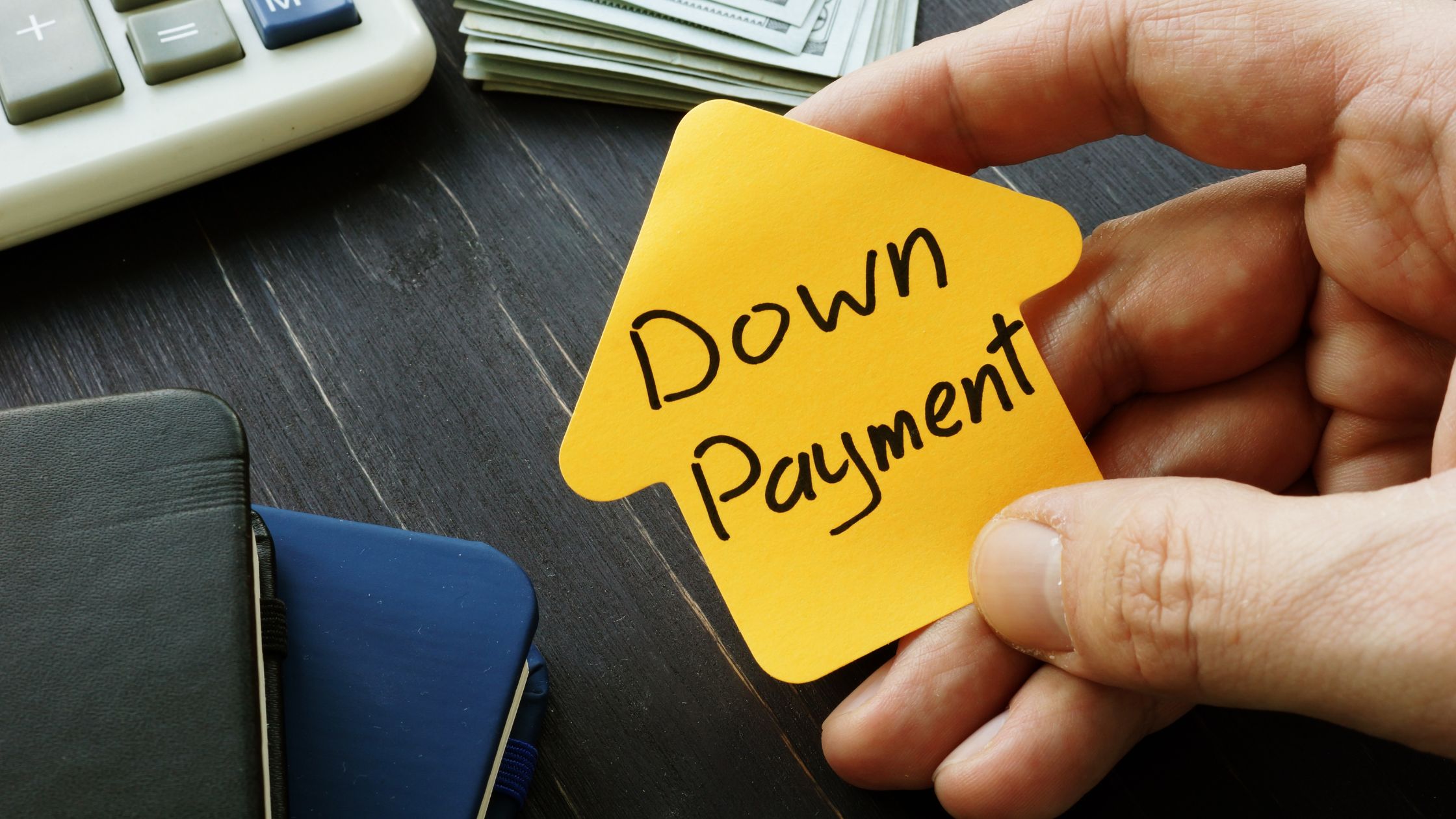When buying a home, the usual process involves choosing a lender and applying for a mortgage. But what if you could skip some of that by taking over an existing mortgage with a low-interest rate? This option, known as assuming the mortgage, allows buyers to take over the seller’s current home loan, often with better terms than they’d get by applying for a new one.
Let’s dive into what an assumable mortgage is, how it works, and whether it’s the right choice for you.
What Is an Assumable Mortgage?
An assumable mortgage allows you to take over the seller’s existing loan, including the interest rate, balance, and repayment terms. Many buyers choose this option to benefit from a lower interest rate, especially in markets where rates have increased since the seller obtained the loan.
How Does an Assumable Mortgage Work?
Assuming a mortgage is similar to getting a regular home loan, but with a few key differences. Instead of working with a new lender, you collaborate with the seller’s lender to take over their existing loan, provided the lender approves it. This means you inherit the terms of the original loan, including:
- The remaining loan balance
- The interest rate
- Repayment terms
One major advantage of assumable mortgages is that they often don’t require a home appraisal, which can save you money. However, you should still get a home inspection to ensure there are no hidden issues. Once the transaction is complete, the seller is no longer responsible for the mortgage.
If the sale price exceeds the mortgage balance, you’ll need to cover the difference as a down payment. In some cases, this may require securing a second mortgage to bridge the gap and meet lender criteria.
Which Loans Are Assumable?
Not all loans are assumable. In fact, most conventional mortgages are not. However, loans backed by government agencies such as the Federal Housing Administration (FHA), Department of Veterans Affairs (VA), and United States Department of Agriculture (USDA) are often assumable, as long as specific criteria are met.
FHA Loan
Assumable if both the buyer and seller meet specific requirements, such as the seller using the home as their primary residence. To begin the assumption process, the buyer must confirm that the FHA loan is assumable. The seller’s lender will check if the buyer qualifies, and if approved, the mortgage will transfer to the buyer. FHA loans also have a significant benefit: they require only a 3.5% down payment and are available to buyers with credit scores as low as 500.
VA Loan
Guaranteed by the Department of Veterans Affairs, are available to eligible military members, veterans, and their spouses. However, even non-military buyers may be able to assume VA loans in certain cases. If the loan was closed before March 1, 1988, buyers can assume it without needing the VA’s or the lender’s approval.
USDA Loan
Designed for buyers interested in rural properties and often require no down payment. To assume a USDA loan, the buyer must meet the usual qualifications, such as credit and income criteria, and obtain approval from the USDA to transfer the loan. Buyers can either assume the existing loan terms or negotiate new ones, though the seller must be current on payments.
The Bottom Line
Assuming a mortgage is an attractive option, especially when interest rates are rising. However, if the seller has significant equity in the home, you may need a larger down payment or a second loan to cover the gap between the sale price and the remaining mortgage balance.
Not all loans are assumable, and the buyer must meet the qualifications set by the lender or agency. If the benefits of assuming a mortgage outweigh the risks, this route can be a smart and affordable choice in today’s high-rate environment.
No SSN required. Zero impact to credit. Your Information is never sold.



